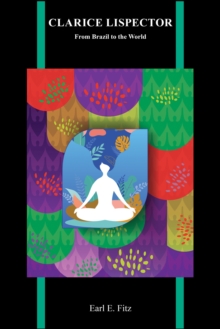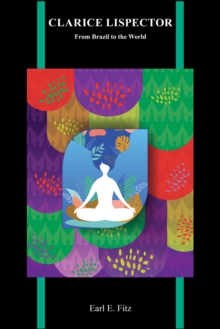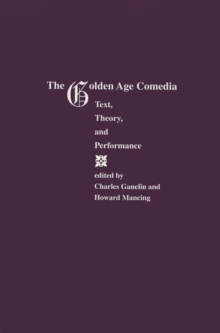
Artesana de si misma : Gabriela Mistral, una intelectual en cuerpo y palabra Paperback / softback
by Claudia Cabello Hutt
Part of the Purdue Studies in Romance Literatures series
Paperback / softback
Description
Artesana de sà misma by Claudia Cabello-Hutt reevaluates the place of Nobel laureateGabriela Mistral in the literary and intellectual history of Latin America, illuminating and filling a number of lingering voids in the study of this canonical figure.
Cabello-Hutt introduces readers to Mistral’s vast but scarcely studied journalistic prose as well as her unpublished manuscripts, letters, and images held in the United States and in newly opened Chilean archives.
Moving beyond her amply discussed poetry, Cabello-Hutt demonstrates that Mistral’s essays,visual representations, and gender performance are key to understanding Mistral’s self-construction as a Latin American female intellectual and internationally recognized writer.
From 1920 until herdeath in 1957, Mistral shaped salient national and transnational debates, brokered relations between major writers, and fashioned a new model of thetransnational intellectual in the context of anti-imperialist Latino americanism, US-promoted Pan-Americanism, and rising populist politics and social movements of the time.
Placing Mistral’s gender, class, and racial performances in richer context, Cabello-Hutt reveals them as not only groundbreaking and strategically fashioned, but also as a logical product of the tensions, desires, and power struggles of the cultural field of this period— a cultural field in the process of redefining the interactions between the intellectual, the masses, and political and cultural institutions.
Further, by mapping out the transatlantic intellectualnetworks in which Mistral operated— networks that included José Vasconcelos, Alfonso Reyes, Victoria Ocampo, and JoaquÃn GarcÃa Monge—Artesana de sà misma also examines the processes of democratizationand modernization that transformed the cultural field in the wider regionbetween 1910 and 1940. -Artesana de sà misma de Claudia Cabello Hutt reevalúa el lugar de Gabriela Mistral, premio Nobel de literatura, en la historia literaria e intelectual de América Latina.
Cabello Hutt acerca a los lectores a la amplia, pero escasamente estudiada, prosa periodÃstica de Mistral además de a un conjunto de manuscritos, cartas e imágenes provenientes de archivos norteamericanos y chilenos asà como del recientemente abierto archivo de su albacea y compañera, Doris Dana.
Artesana de sà misma explora más allá de la ampliamente estudiada poesÃa de Mistral y demuestra que su prosa, representación visual y performatividad de género son claves para comprender la auto-construcción de esta figura como una intelectual latinoamericana y una escritora de reconocimiento internacional.
Desde 1920 hasta su muerte en 1957, Mistral participó activamente en debates nacionales y continentales, gestionó relaciones entre escritores y trazó un nuevo modelo de intelectual transnacional en el contexto de un latinoamericanismo anti-imperialista, que choca con un panamericanismo promovido por Estados Unidos, en décadas marcadas por revoluciones y movimientos sociales.
Al ubicar el proceso de construcción de género, clase y raza de Mistral en un contexto más amplio, Cabello Hutt argumenta que este proceso no solo es original y estratégicamente diseñado sino que también es un producto lógico de las tensiones, deseos y luchas de poder que determinan el campo cultural latinoamericano de este periodo.
Un campo cultural en proceso de redefinir las interacciones entre el intelectual, las masas y las instituciones polÃticas y culturales.
Al trazar las redes intelectuales transatlánticas en que Mistral operaba -redes que incluÃan a José Vasconcelos, Alfonso Reyes, Romain Rolland, Victoria Ocampo y JoaquÃn GarcÃa Monge, entre muchos otros- Artesana de sà misma analiza a su vez los procesos de democratización y modernización que transformaron el campo cultural en la región entre 1910 y 1940.
Information
-
Item not Available
- Format:Paperback / softback
- Pages:257 pages, 5 illustrations
- Publisher:Purdue University Press
- Publication Date:30/04/2018
- Category:
- ISBN:9781557538079
Information
-
Item not Available
- Format:Paperback / softback
- Pages:257 pages, 5 illustrations
- Publisher:Purdue University Press
- Publication Date:30/04/2018
- Category:
- ISBN:9781557538079










